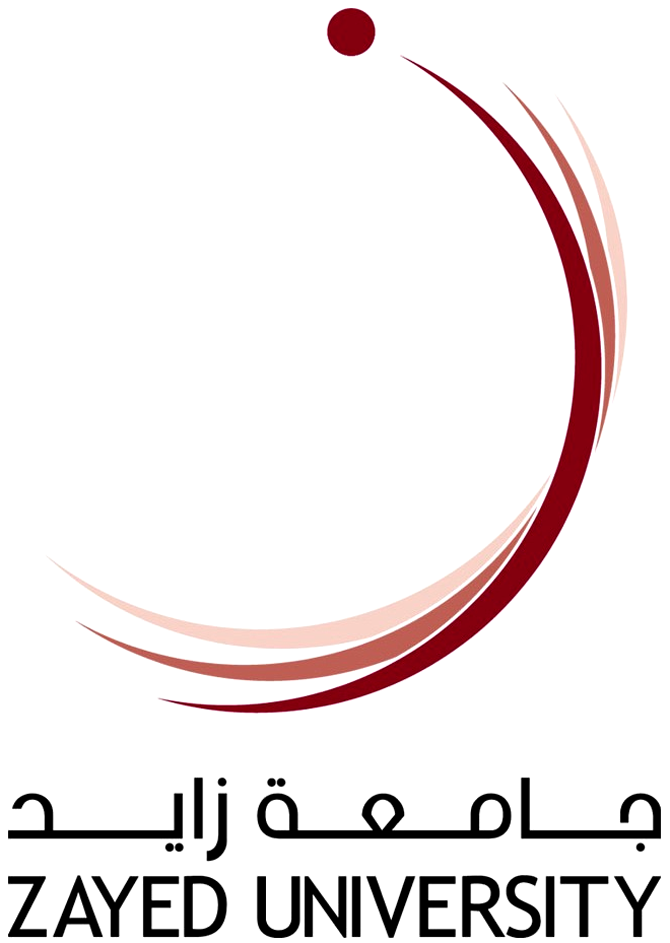Translanguaging: Building on students' linguistic repertoires

Professional Trainer: Kevin S. Carroll
Thursday, 7 March 2019 - From 09:00am to 12:00pm
Course Description
Translanguaging is one of the biggest buzzwords that the field of Applied Linguistics has seen in decades. Its transformational power seeks to normalize the fluid nature in which multilinguals use language and its use in the classroom has wide ranging implications. This workshop will walk participants through how the term translanguaging has evolved as well as some of its criticisms. The second part of the course will be more hands on and participatory where participants will see with their own eyes what translanguaging can look like, as well as share their experiences, both positive and negative, with the use of multiple languages in their classrooms. Ultimately, the presenter will share his own strategies that he has used or seen used in a variety of different educational contexts. The course will focus specifically on how teachers and professors can navigate language policies in their institutions that might not favor the use of translanguaging and what can be done when schools have restrictive language policies that seem to run counter to its implementation. Ample time will be left for a question and answer session and discussion with the participants.
Course Aim
The aims of this course are that participants understand the basic definitions of translanguaging and how they apply to their specific context. The course also seeks to provide meaningful examples and practical advice as to how educators at all levels can build on their students’ linguistic resources. The presenter of this course aims to equip participants with both theoretical and practical understandings, which will help them in justifying their use of translanguaging in their own educational context.
Anticipated Outcomes
Delegates are expected to understand the power of translanguaging and its potentially transformational application. Delegates are expected to be able to make connections to their own teaching contexts and identify ways that they would be able to more effectively build on their students’ linguistic resources. Ultimately, participants will be expected to be able to identify what translanguaging looks like and how it differs from other terms like code-switching or code-meshing.




